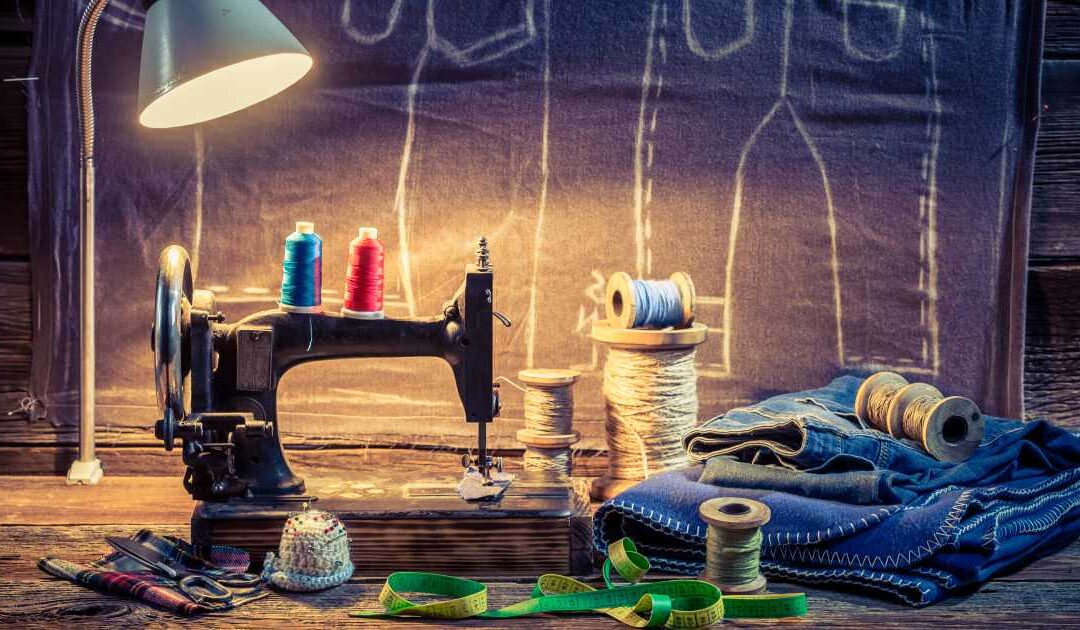The fashion industry is competitive, and staying ahead of the game means finding ways to produce better-quality products while cutting down on costs and lead time. In the highly competitive world of fashion and apparel, improving efficiency is a crucial factor for success. From design to production, there are many areas where efficiency can be improved. Fortunately, numerous tools are available to fashion and apparel businesses to improve efficiency. The industry is fast-paced and ever-changing, and to keep up, businesses need to streamline their operations and find areas for improvement in their workflow. In this blog post, we’ll be discussing nine tips to help you get the most out of your business
Contents
Implementing Advanced Professional Tools
The fashion industry is always changing, so using digital technology to produce the best consumer goods that meet consumers’ needs is crucial. The use of the latest tools can increase productivity and reduce the time required from design to final product. Here is a list of some of the solutions tools that can be implemented in the fashion and apparel industry.
1. Utilise Pattern Cutting Software and Grading Software
Pattern-making is a time-consuming process that requires considerable skill and precision. By using pattern-cutting and grading software you can significantly reduce the time spent on these tasks while improving accuracy and consistency. These tools enable you to create, modify and adjust patterns with ease, thus reducing lead times and increasing productivity.
2. Utilise 3D Design and Virtual Sampling
3D design and virtual sampling are revolutionising the industry and for a good reason. These tools enable designers to create virtual prototypes of their designs without having to go through the laborious process of creating physical samples. By utilising 3D design and virtual sampling, you can reduce waste, cut down on production times, and improve accuracy.
3. CAD Software for Nesting and Marker Making
Nesting and marker-making are essential parts of the production process. By utilising CAD software for nesting and marker making, you can optimise your material usage, reduce waste, and cut costs. These tools enable you to organise and arrange your patterns more efficiently, thus maximising your material utilisation.
4. Product Lifecycle Management (PLM)
A PLM system is a software tool that facilitates the management of a product’s entire lifecycle. From initial design to production and finally, delivery. Product Lifecycle Management (PLM) systems enable you to manage and track your products more effectively, using the critical path to ensure that you are always aware of the status of each product. They also enable you to collaborate more efficiently with your team, supply chain and customers, reducing lead times and increasing efficiency.
5. Design Studio Hardware
Designing clothes is a complex task that involves multiple steps, and designers need the right tools to make their work efficient and accurate. In the digital age, design studio hardware has become an essential part of every fashion studio. Digitising systems and plotters are the most common tools used by designers to create patterns, prototypes, and samples. The digitising system and plotter work together seamlessly, providing large-format printing capabilities and cost-effective solutions.
Improving Workflow and Supply Chain
The fashion and apparel industry demands seamless coordination between the different stages of the production process. Improving workflow and supply chain can help optimise processes, reduce lead times, and minimise errors. Here is what you can do:
1. Automate repetitive tasks
Numerous repetitive tasks in the design and production of a garment can be automated. By automating these tasks, you can reduce lead times, cut down on costs and improve overall efficiency. Tasks such as data entry, inventory management, and invoicing are all examples of tasks that can be automated.
2. Implement lean manufacturing principles
Implementing lean manufacturing principles can significantly improve efficiency in the fashion and apparel industry. Lean manufacturing is an approach that focuses on reducing waste, minimising lead times and optimising processes to improve efficiency and productivity.
3. Establish effective communication channels
Effective communication is crucial for any business, and the fashion and apparel industry is no exception. Establish clear communication channels between your team members, suppliers, and customers to ensure that everyone is on the same page. Clear communication reduces the likelihood of errors, misunderstandings, and miscommunications, thus improving efficiency.
4. Focus on employee training and development
Finally, to improve efficiency in the fashion and apparel industry, it’s essential to focus on employee training and development. By keeping your team up-to-date with the latest trends, technologies and techniques, you can improve their overall productivity and efficiency.
Speed up Your Fashion Manufacturing Process: Where to Start?
If you are planning to take your fashion business to the next level, streamlining your manufacturing process is a great starting point. The fashion and apparel industry is constantly evolving, and businesses that don’t keep up risk losing their competitive edge. Thanks to technological advances in workflow automation software like Vetigraph’s digital platform, managing the entire process from design and conception through delivery has never been easier. Implementing tools can help improve efficiency and quality, leading to more successful and profitable businesses. Finding areas for improvement in your workflow and supply chain, and staying on top of industry trends will surely keep you ahead of the game in this fast-paced industry.

